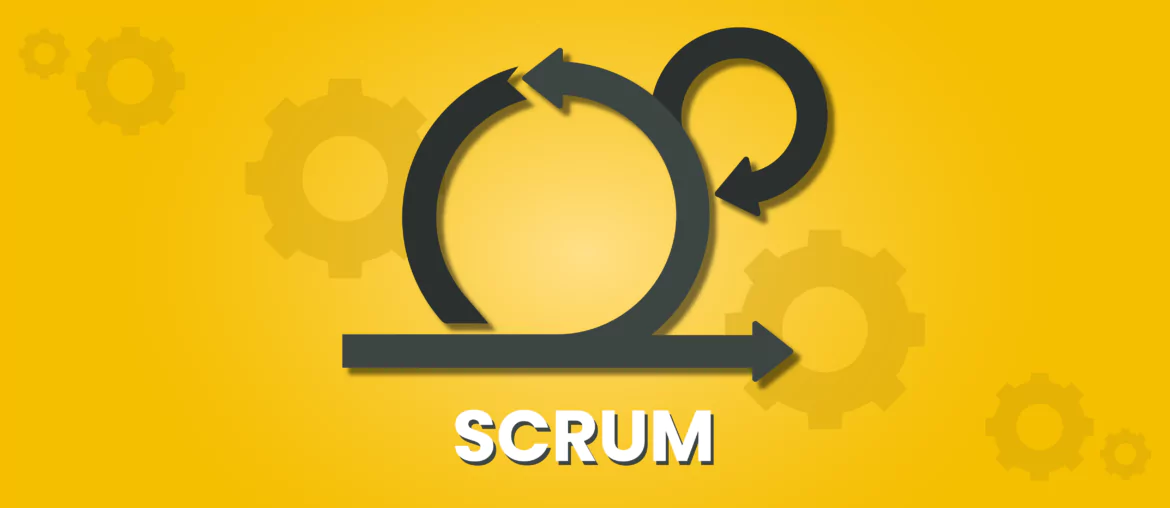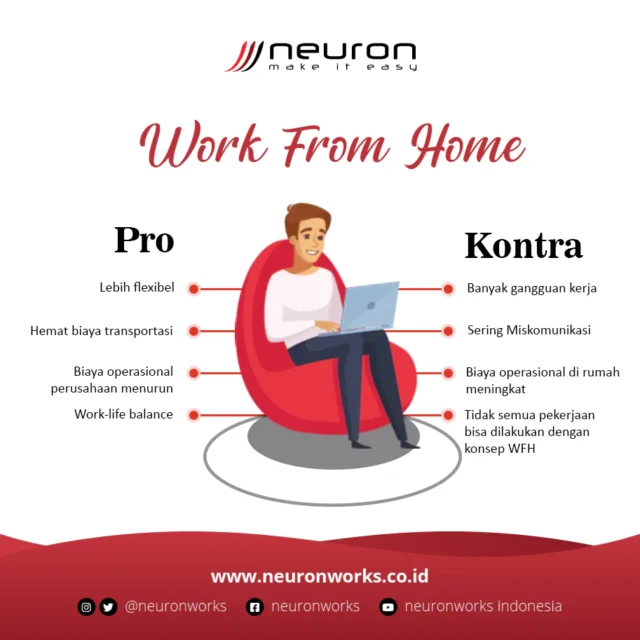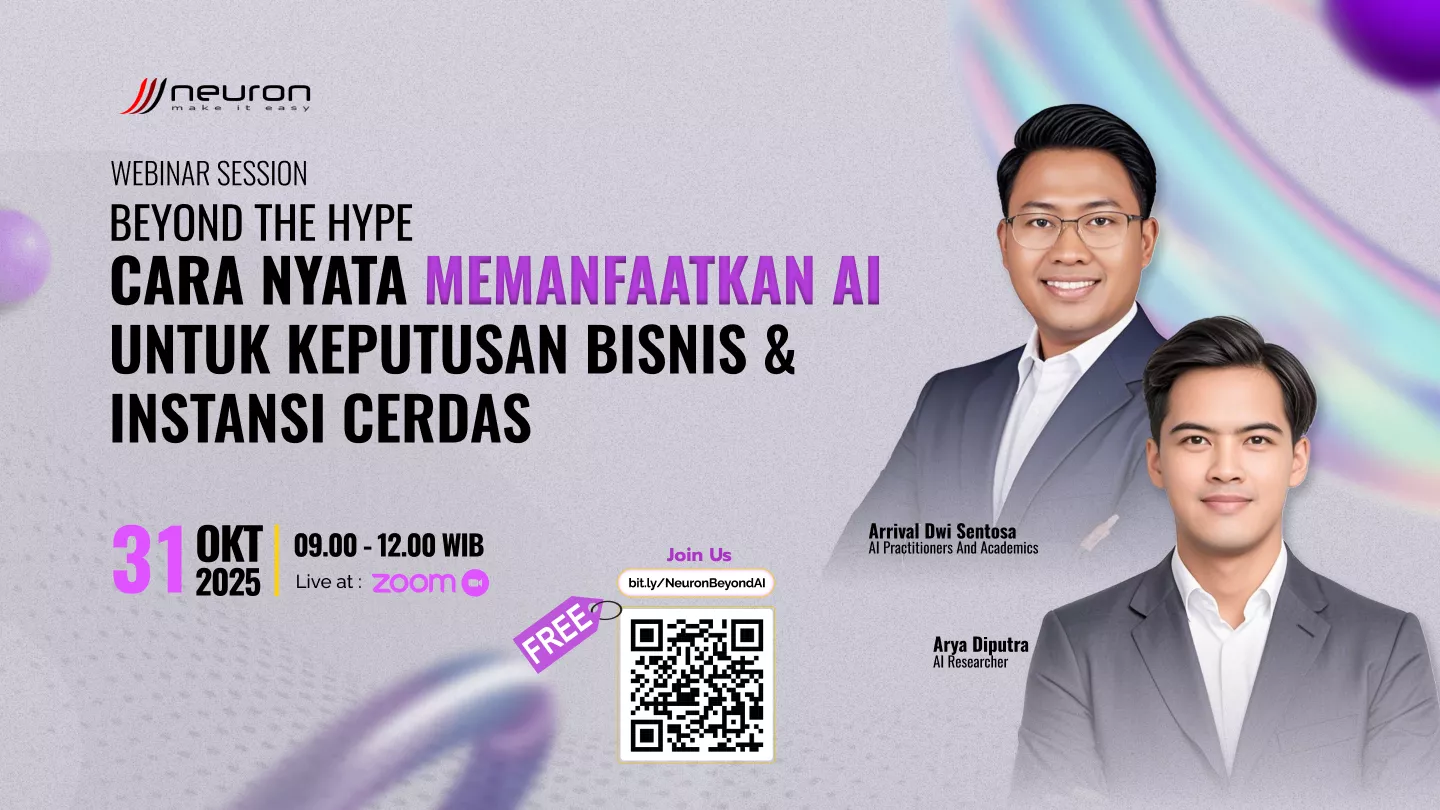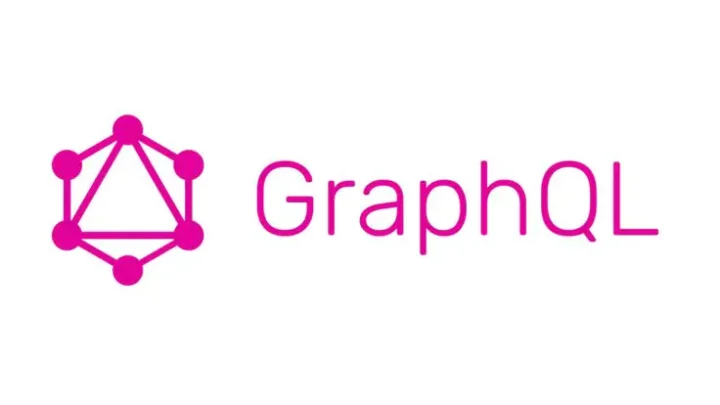Understanding Scrum: An Agile Framework
Scrum is one of the Agile Frameworks that is dedicated specifically to dealing with complex problems. Scrum is a simple framework that helps teams and organizations generate added value through adaptive solutions to complex problems that can change and arise at any time.
Basic Principles
Scrum is built on three pillars of empiricism:
- Transparency: All aspects of work, processes, and decisions must be understandable and accessible to the Scrum team and stakeholders.
- Inspection: The team regularly examines the work and processes to identify issues, opportunities for improvement, and necessary changes.
- Adaptation: The team uses the results of the inspection to adjust and change objectives, plans, and tactics to fit the changing environment and needs.
Roles in Scrum Teams
In the process there are three main roles, namely:
- Product Owner: Responsible for managing the Product Backlog and ensuring the team delivers maximum value.
- Scrum Master: Bertindak sebagai fasilitator, memastikan tim memahami dan menerapkan kegiatan dengan baik.
- Development Team: Bertanggung jawab atas pelaksanaan pengembangan dan pengiriman Increment yang bernilai.
Kegiatan Utama
Scrum terdiri dari empat kegiatan utama:
- Sprint Planning: Merencanakan dan menentukan apa yang akan diselesaikan dalam Sprint. Dilakukan di awal Sprint, maksimal 8 jam untuk Sprint 1 bulan.
- Daily Scrum: Short daily meetings to share information, identify issues, and ensure the team stays focused. It lasts about 15 minutes every day.
- Sprint Review: Review the work that has been completed and ensure the product meets the requirements. Done at the end of the Sprint, 1-2 hours.
- Sprint Retrospective: Reflecting on the development process, identifying what is going well and what needs to be improved. Done at the end of the Sprint, 1-2 hours.
Scrum artifacts
Scrum has three main artifacts:
- Product Backlog: A priority list of all the work to be done in the project.
- Sprint Backlog: A list of selected jobs from the Product Backlog to work on in the current Sprint.
- Scrum Board: A visual tool for managing and tracking work progress during a Sprint.
Conclusion
By understanding the principles, roles, activities, and artifacts, teams can effectively implement these frameworks to develop solutions that are adaptive and valuable to the organization.
Referensi External
Need a Solution to Implement Scrum in Your Organization?
PT Neuronworks Indonesia is present as a trusted partner in the implementation of reliable and scalable information technology solutions. With more than 10 years of experience in the IT industry, we are ready to help optimize your business database infrastructure with High Availability solutions that are customized as needed.
Our services include:
- Implementation Consultation
- Training and Mentoring
- Software Development
- Software Development Process Optimization
- 24/7 Monitoring and Support
Hubungi Tim Ahli Kami Sekarang for a FREE consultation on the right High Availability Database solution for your business!






 Have any question?
Have any question?